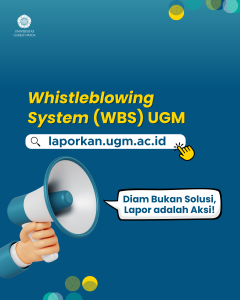On Thursday, 19 September 2024, third-semester students from the Dental Hygiene Study Program (PSHG) participated in an Oral Biology practicum related to Immunobiology Introduction. This activity took place at the Integrated Lab, DLC 4th Floor, which provides excellent and complete facilities for students to conduct their practicum.
Before starting the practicum, students were required to wear lab coats and take a pre-test. This initial assessment aimed to measure their understanding of the material and prepare them for the upcoming practicum activities. The main objective of this practicum was for students to become familiar with important terms in immunobiology, which are valuable for studying related fields.
Students were expected to understand the interaction process between antigens and antibodies through an agglutination test model. They were also assigned to explain the test results, both positive and negative. This hands-on experience is crucial for their academic development and aligns with the Sustainable Development Goals (SDGs), particularly in promoting access to education and enhancing scientific literacy.
The tools and materials required for this practicum included microscope slides, antigens, and a set of antiserum solutions (Anti A, Anti B, Anti AB, Anti D). These tools were essential for conducting the agglutination test, helping students visualize and understand immune responses.
The practicum steps were as follows: First, students labeled the microscope slide with designated areas marked A, B, AB, and O. Next, they disinfected their fingertips with 70% alcohol using cotton. After that, they pricked their fingertip with a lancet to obtain a blood sample. One drop of blood was then placed in each designated area on the microscope slide.
Following this, students added one drop of each antiserum solution—Anti A, Anti B, Anti AB, and Anti D—to the respective blood samples. It was crucial that each drop was mixed using different corners of the microscope slide. Students then observed the agglutination status, which indicated the presence or absence of specific antigens in their blood samples.
This practicum session not only enhanced students' understanding of immunobiology but also emphasized the importance of hands-on learning in scientific education. By engaging in activities like this, students become better prepared for their future careers in dental hygiene and related fields.
Integrating practical experiences into the curriculum is vital for fostering a deeper understanding of theoretical concepts. It also encourages students to think critically and apply their knowledge in real-world scenarios, which is a fundamental aspect of the Sustainable Development Goals (SDG) 4 on quality education.
The Oral Biology practicum on measuring crevicular fluid volume represents a significant step in promoting educational access and enhancing the learning experience for Dental Hygiene students. By equipping them with the necessary tools and knowledge, educational institutions can empower future professionals to contribute positively to society.
Contributor: Sri Pujiatun | Author: Al Haqi Insan Pratama



